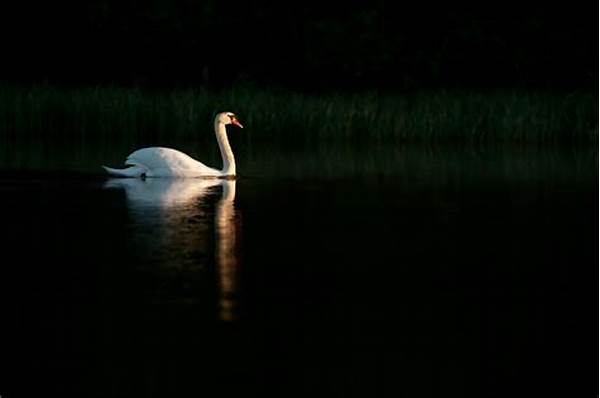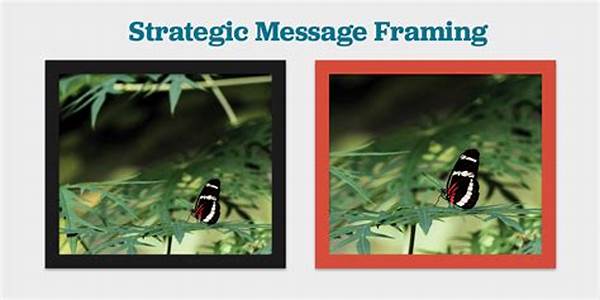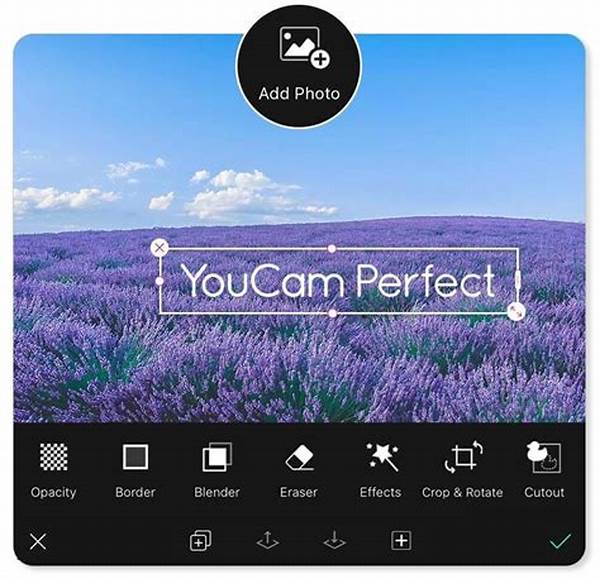Hey there, fellow wildlife photography enthusiasts! Ever found yourself out in the wild, playing hide and seek with the perfect lighting? You’re not alone. Finding the right light for wildlife photos is like hunting for treasure. It’s this mix of patience, skill, and sometimes a sprinkle of luck. But, trust me, when you capture that perfect shot, it’s all worth it. Today, we’re going to dive into the art of mastering light in wildlife photography. Let’s get started!
Read Now : Comprehensive Long Exposure Gear Guide
Why Lighting Matters in Wildlife Photography
Lighting is to photography what seasoning is to food. Without it, your wildlife photos can look flat or lack detail. Ever seen a photo of a magnificent lion but dang, it looks washed out? That’s exactly what poor lighting does. Finding the right light for wildlife photos not only enhances details but also brings out the vibrant colors in nature. Whether it’s early morning or the golden hour just before sunset, each moment casts a different spell. When you’re out there, watch how the light changes the scene. It softens, sharpens, and sometimes, it just simply glows. Understanding this can shift your images from average to absolutely stunning. So next time you aim your camera at a squirrel or an elephant, think about how the light plays on them. Who knows, you might just capture something magical!
Tips for Finding the Perfect Light
1. Golden Hours: Brave the early mornings and golden sunsets. That’s when magic happens.
2. Overcast Days: Don’t shun cloudy days. The light is diffused and way underrated.
3. Backlighting: Highlight those furry silhouettes for an artsy vibe.
4. Avoid High Noon: Midday sun can be harsh. Shadows are not your friends.
5. Reflective Surfaces: Water just after sunrise or before sunset reflects beautifully for awesome shots.
Natural Light vs. Artificial Light
Being out in nature, we’ve all debated using artificial light for wildlife photography. Sometimes, finding the right light for wildlife photos involves a mix. Natural light, with its ever-changing dynamic, characterizes wildlife habitats beautifully. But, hey, on gloomy days, a soft flash can sometimes add just the right touch. Not too overpowering, just enough to catch the twinkle in the fox’s eye. It’s essential to balance both—one complements the other. Open skies with their unexpected light plays often make the wild unpredictable and beautiful. At times, subtle artificial lighting can emphasize certain aspects of wildlife photography that may get lost in natural settings. Remember, the goal is to enhance the subject, and sometimes, a little boost from technology can do wonders.
Finding the Right Light: Strategies and Tips
1. Reading Light: Understand how natural light behaves at different times of day. Pay attention during your outings.
2. Shooting Angles: Where the light hits your subject can change everything.
3. Practice Patience: Wait for clouds to pass or the sun to lower for optimal lighting.
4. Experimentation: Don’t shy away from trying different settings. Each time of day brings unique light stats.
5. Consistency: Keep a journal of best times and spots for future reference.
Read Now : Simple Yet Effective Photo Background Solutions
6. Gear Check: Make sure your camera settings are adaptive to changing light conditions.
7. Sun Position: Use apps to determine sunrise and sunset timings in your locale.
8. Natural Diffusers: Use elements like trees or hills to soften harsh sunlight.
9. Reflectors: Bounce natural light using lightweight reflectors for a boost.
10. Engage Online: Join wildlife photography forums for shared tips and experiences.
Challenges of Low-Light Wildlife Photography
Alright, let’s talk about one of the trickiest aspects of wildlife photography: low light conditions. You know those moments when the sun’s barely up, or just dipping below the horizon? Yeah, they can be both magical and maddening. Finding the right light for wildlife photos during these times requires a mix of technique and equipment finesse.
Sometimes, the lack of light invites noise into the picture—literally! Noise distorts those spectacular details. To combat this, play with your ISO settings and stabilize your camera. Who said tripods were only for still-life photography? They’ve saved many a blurry wildlife shot. And remember, patience is your BFF. Doubling down on stillness and timing can turn challenging lighting situations into golden opportunities. Above all, those twilight shots can be worth all the effort when done right. That moose in the mist deserves the right light, don’t you think?
Finding the Right Light: A Sun-Kissed Tale
Yo, capturing wildlife in its raw, natural essence is lit, right? But man, finding the right light for wildlife photos is where it’s at. It ain’t just about snapping a shot. Nah, it’s way more sophisticated. Picture this: you’re in the jungle, the sun’s playin’ hide and seek with the branches, and you gotta seize that vibe. Light game strong? Game changer! Mixing those golden hour hues with your wild subject—that’s what uploads those photos from plain shots to Instagram-worthy art. Yeah, sometimes nature throws a curveball with lighting, but adapting on the fly is a skill. That’s where experience kicks in, my friend. It’s wild out there, literally! Keep huntin’ for that light and snap with care. Who knows, maybe your next snap will be at National Geographic level!
Wrapping It Up: The Quest for Perfect Illumination
So, what did we learn today? Well, finding the right light for wildlife photos involves both technical skill and a love for the natural world. Light can fully transform a mundane photo into something that sings with life. From golden glows to dusky darings, each time we step out into nature, we’re thrust into a classroom where light is the subject.
Never underestimate the power of observation and patience when photographing wildlife. By understanding the nuances of natural light versus artificial and getting comfortable with both, you’ll enhance not only your skills but also your appreciation of the delicate balance in which we exist with nature. Be patient, be curious, and above all, respect the creatures and settings you’re capturing. Happy shooting!



